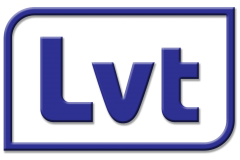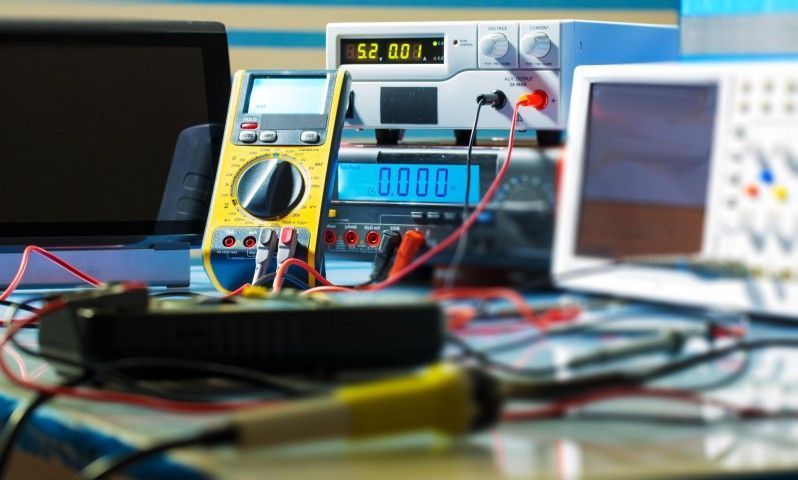What is Type Test?
In order to verify the features of the design, tests performed on one or more products are called type tests. These tests are defined under the standards to which the products are subjected. The standards clearly state which type of products or products containing the tests. The applications of the tests are mostly defined by the result, not by the method. The expected performances of the product as a result of the applications are also clearly defined in the related articles.
In some standards, the concept of partial type testing was used for products that do not meet all type tests, but the revisions made over time emphasize the requirements to meet all tests.
Type Test / Routine Test Difference
Type tests are standard-defined test applications for verifying the structural and performance characteristics such as whether the design is done correctly, the suitability of the component selection, the accuracy of the declared values, the adequacy of the insulation level, and the verification of safety.
Routine tests, on the other hand, are the products that have completed the type tests, while each product produced is subjected to the field before it is released. The contents and expected performances of these tests are generally defined in the relevant product standards. The aim is to check the effects that may occur during the assembly and cause problems in the field, and to provide the products with safety to the field.
In the product certification process, conformity assessment organizations may request product verification tests in addition to routine tests according to their own certification programs during the checks they perform on site or at the manufacturing site. These tests can be considered as part type tests and are carried out to prove that the product is manufactured with the same quality and safety.
Depending on the facility's possibilities and conditions, these tests can be carried out in independent laboratories, the organization's own laboratory, or at the manufacturing site.

